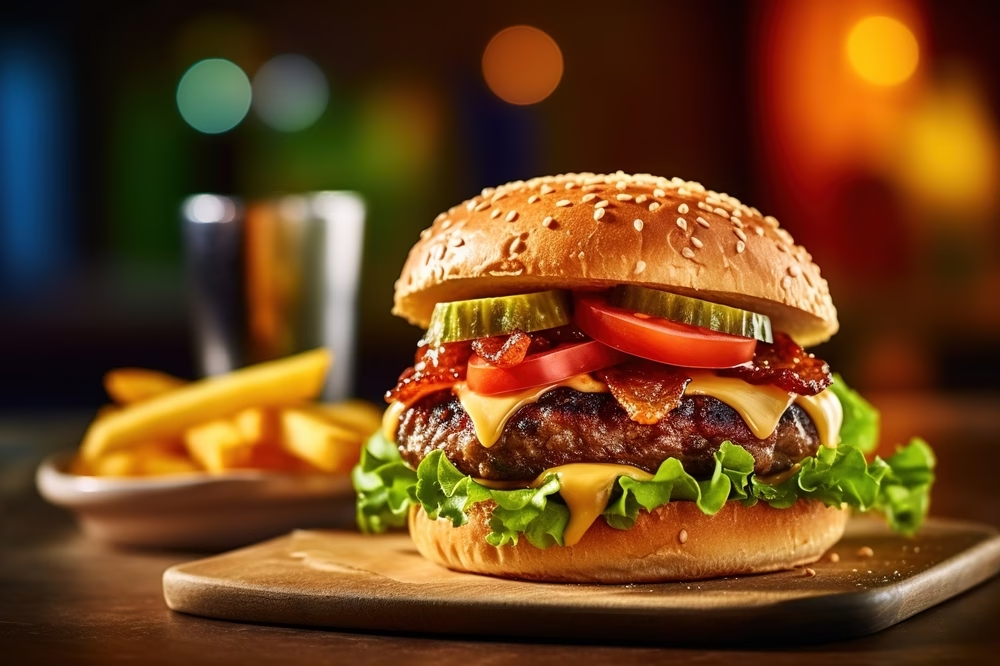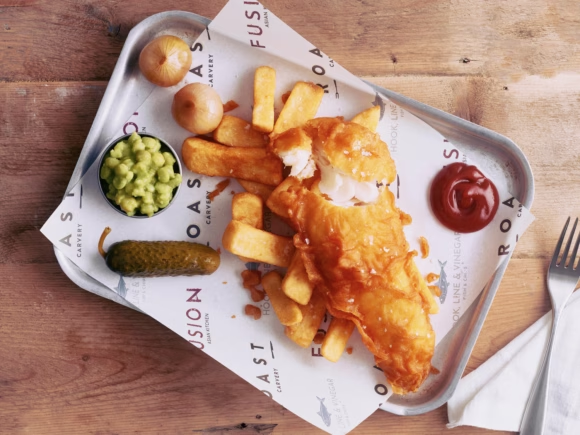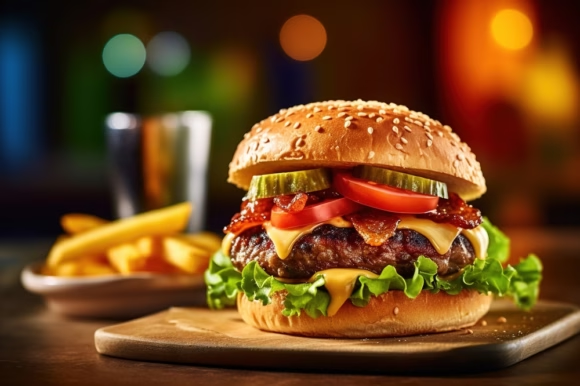Australian diners are tightening their belts while younger generations continue to fuel the food-away-from-home sector, according to new research released this month by consumer insights platform Vypr in partnership with the Foodservice Association Australia.
The study reveals a market in transition: while more than half of Australians (52%) still eat out at least once a week, nearly four in 10 (39%) report dining out less frequently than last year, with 10% having stopped altogether. The shift comes as cost-of-living pressures force consumers to make more calculated choices about when and where to spend their dining dollars.
Quick-service restaurants (QSRs) have emerged as the clear winners, with 62% of consumers visiting regularly – significantly outpacing casual dining (47%) and cafés (33%). The appeal appears to be value-driven, with four in five Australians spending less than $60 weekly on all out-of-home dining occasions combined.
“Consumers aged 25 to 44 are the standout demographic,” the report notes, with some in this group having normalised daily dining out, albeit with smaller per-visit spends. The 25-34 age group shows a 1.4 times higher likelihood of weekly restaurant visits compared to the national average. In contrast, nearly 40% of those over 65 rarely or never eat out.
Value dominates decision-making, with 52% of diners calling for better portion sizes or improved value propositions as their top desired improvement.
Price discounts (63%), combo meals (45%), and free items with purchase (37%) emerged as the most effective promotional strategies.
However, price isn’t everything. Online reviews have become the single most influential factor in restaurant selection, cited by 29% of consumers as a key decision driver. Meanwhile, more than one in three diners prioritise classic favourites over experimental dishes – suggesting risk-averse behaviour during financially uncertain times.
Health and sustainability are gaining traction as secondary considerations, with 71% of Australians now considering healthier options when dining out (20% as a key factor, 51% sometimes), and 42% factoring sustainability into their choices. Yet the report cautions that these trends remain “in early stages,” with a notable gap between sentiment and action.
The research, based on a nationally representative sample of 200 Australian consumers surveyed in August 2025, suggests operators who can balance value delivery with quality consistency across locations will be best positioned for success in the current environment.
“Restaurants that deliver value, maintain quality, and subtly weave in health and sustainability cues will be best positioned to secure loyalty in 2025,” the report concludes.







